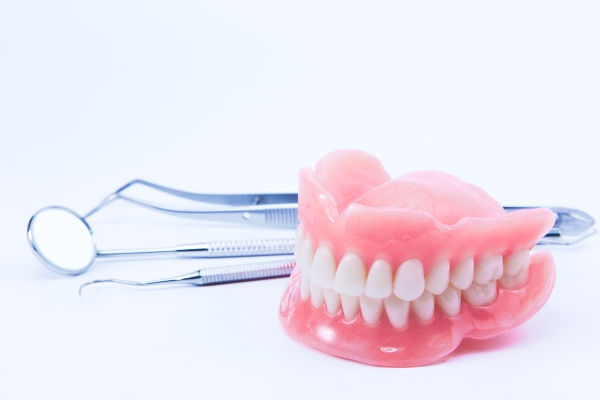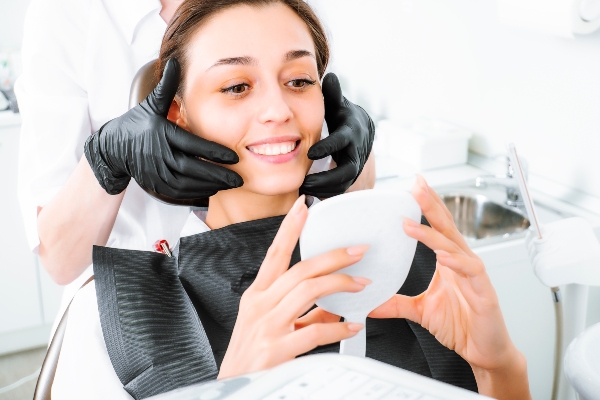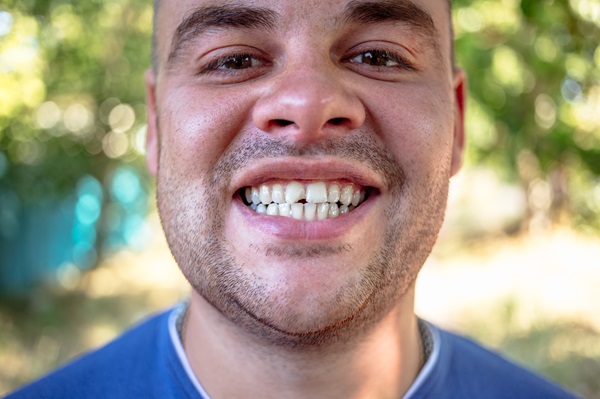OrthodonticsTucson, AZ
Orthodontics is the branch of dentistry concerned with the study, diagnosis, and treatment of tooth and jaw alignment problems. Brackets, clear aligners, expander plates, and even custom-made headgear are just a few of the corrective devices that the dentist might use to realign a patient's teeth and jaw. Several factors can determine the reason for crooked teeth and the best course of action for correcting them.
Changes/Cancellation? - You must CALL at least 48 business hours prior to your scheduled appointment and speak with a team member to avoid charges.
We cannot accept appointment change requests via voicemail, email or text for your protection.
Importance of orthodontics
Straight teeth are a sign of a healthy mouth and jaw. Uneven tooth wear, gum issues, breathing difficulties, poor oral hygiene (due to hard-to-clean teeth), speech development, and jaw joint injury are all linked to misaligned jaws and teeth. Patients may experience an increase in self-esteem after receiving orthodontic treatment for misaligned teeth.
Candidacy for orthodontics
Patients may have noticed that their teeth are not as straight as they would want them to be. Though some individuals are genetically predisposed to developing crooked teeth, many cases may be traced back to environmental factors, such as breastfeeding, thumb sucking, or pacifier usage. Regardless of the cause of crooked tooth, the dentist may recommend orthodontics to correct them. Here are a few examples of orthodontic issues that often require treatment:
- Tooth crowding
- Underbite
- Open bite
- Crossbite
- Deep bite
- Gaps between teeth
- Missing teeth
The early connection between the teeth and jaw makes monitoring a child's jaw growth essential. By the time that a child is seven years old, most permanent teeth should have erupted, so it will be clear to a dentist if there are any orthodontic issues.
Since orthodontic care may consume a significant portion of a patient's budget, it is natural to wonder what would happen if treatment is not sought. If patients do not get the orthodontic treatment that they need, they might have serious dental issues. Problems with the temporomandibular joint, aberrant tooth wear, dental trauma, and improper facial and oral development in children are all associated with crooked teeth. Getting orthodontic treatment is money well spent in the long term.
Phases of treatment
To avoid more severe complications, patients should begin therapy as soon as possible. Treatment may become more challenging as the patient ages. However, there is no set age when orthodontic treatment must begin. For patients to achieve the final effect of having straight teeth, various steps must be taken beforehand:
An expansion appliance is used in orthodontics to increase the size of a patient's palate or jaw if required. This procedure creates extra space for the teeth to come in as straight as possible.
A device is then affixed to the patient's teeth to assist in straightening them. The dentist will make adjustments as the teeth shift during therapy.
To keep teeth from shifting back into their original positions, patients should wear their retainers consistently for another 12 months. After that, patients may only need to wear their retainer at night.
The dentist may recommend functional devices for patients who require assistance utilizing their jaws to aid bite correction and may suggest that they avoid tongue motions that further displace teeth.
Common orthodontic devices include the following.
Braces
One of the most common and oldest orthodontic devices is braces. Some individuals may feel anxious about having braces because they think of them as being large and bulky. However, braces today are considerably better than what they were decades ago. They can be fashioned from stainless steel, metal, ceramic, or plastic. Ceramic or plastic braces may be more cosmetically pleasing than metal ones, but the material may stain and discolor by the time that treatment ends.
Clear aligners
Those who want to straighten their teeth but dislike the sensation or appearance of conventional braces can opt for clear aligners. Patients may get the same or comparable results without drawing attention. The aligner trays deliver pressure continuously, similarly to braces, to make the teeth shift into place.
Patients need to wear these aligners for around 22 hours a day. They should only remove the trays when eating and brushing their teeth. Due to the inconvenience of oral care with braces, many patients choose aligners. Patients will need to switch out the trays for a new set in the series every two weeks.
Getting orthodontics
Getting an orthodontic appliance requires a dentist to determine which device will work best for the patient's mouth. To begin the process of getting braces, tiny brackets are bonded to each tooth using orthodontic glue. The dentist will apply metal bands to the back teeth and insert archwires into the brackets.
The dentist will fine-tune and adjust the appliance during routine appointments to exert the appropriate amount of pressure on the teeth to guide their movement. Regular adjustments will be necessary because tooth movement is important throughout the therapy. Treatment with braces might take up to two years on average, and clear aligners may take about a year. Whether a patient complies with their dentist's instructions on how to utilize their appliances and the severity of their condition will affect how long the treatment will take.
Cost
The cost of orthodontics depends on the treatment device, the extent of treatment, and insurance coverage. Patients should discuss prices and payment plans with the dentist at the first consultation. If they have any concerns or questions about the time, effort, and resources that will be necessary to reach their desired goal, they can discuss these during the appointment.
Final note
Sometimes, the dentist may begin treatment by shifting the position of the jaw, which can take many months, before proceeding to put braces on the teeth. For instance, braces may not be an immediate option if a patient has crowded teeth. The patient will only need to wear braces after palatal expanders have been used to widen their jaw. Similarly, retainer aligners are often necessary after braces have been removed to keep teeth in their new positions. Considerations such as lifestyle, habits, cost, and insurance coverage are required for making a final decision.
Request an appointment here: https://www.casasadobesdentistry.com or call Casas Adobes Dentistry at (520) 365-0559 for an appointment in our Tucson office.
Contact Us
Casas Adobes Dentistry is located at 7520 N. Oracle Rd. Suite 200 Tucson, AZ 85704.





